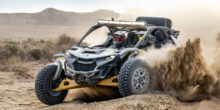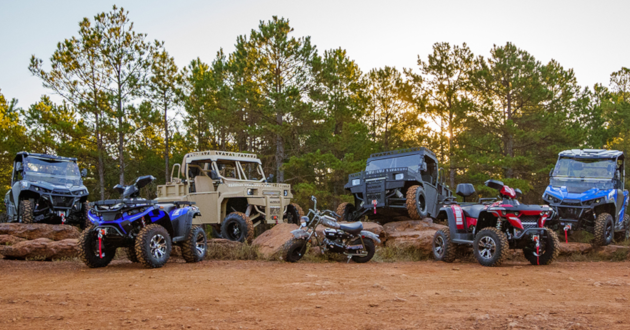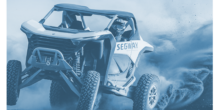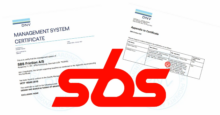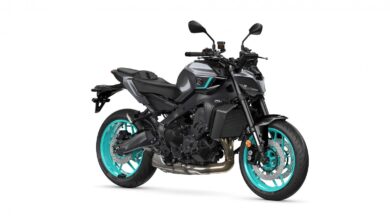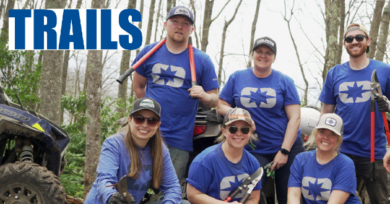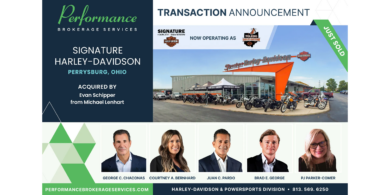Changing culture leads to growth at Adam Smith’s dealerships
Events continue to attract customers
When Neil Noble presented 2013 goals to the staff at the two dealerships for which he serves as general manager, half of the group thought he was a little crazy. Noble, who had joined Adam Smith’s Texas Harley-Davidson and Texoma Harley-Davidson less than a year prior, had a vision for where sales could be, but he needed the staff to join him in his pursuit.
After some training and convincing, employees bought into the new culture Noble was creating, especially as Noble and dealership owner Adam Smith showed their own commitment to the goals.
Growing and improving staff
In an effort to increase sales, the Texoma store in Sherman, Texas, added an additional 8-10 employees, while the Texas store in Bedford increased headcount by about 20. But the staff didn’t only grow, it was also refined. At the Texas store, for example, a second business manager was added, and a new administrative position was created to track metrics.
“It wasn’t just adding people; it was adding some positions that didn’t exist and moving some people here into better fits,” Noble said.
The results were positive. Texas’ growth was 50 percent, with the sales team exceeding its once-lofty goal by 10 bikes, while Texoma grew 35 percent, just missing its goal by two bikes.
“2013 was awesome,” Noble reported. “2013 was a record year at both stores.”
The biggest growth at both stores was reported in the motorcycle sales and F&I departments. Service and general merchandise were up slightly, but Noble expects to see a bigger increase in those areas as new buyers put miles on their bikes.
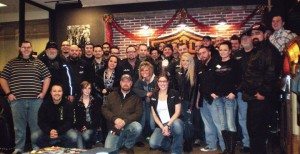
The motorcycle sales increase was spurred not only by the culture change, but a big investment in increasing sales staff. At the Texas store alone, a member of the inaugural Powersports Business Power 50, the sales staff grew from eight to 20. And for F&I, though only one niche product was added to the menu, new processes that F&I employees embraced have led to increased success.
“They start every day off with role plays with each other, so they role play menu presentations and customer objections,” Noble explained. “They are much harder on each other than a customer can ever be on them.”
Noble had confidence that with the right support, hires and training, the dealerships could each become more successful than they had been in the past. His and Smith’s commitment to change came from, “Just knowing what the opportunity is and being ready to capture the growth and the market potential that was out there. 2012 saw some improvement over 2011, but the potential here is still much greater than we have done, and making those leaps, you can see it in those numbers,” Noble reported.
Not only have employees embraced the change, but management has as well. The management group from both stores now gets together a few times a year to go over current numbers, goals, processes and more.
“It’s almost like a 20 Group essentially, but it’s in-house,” Noble said.
Now that the employees at each store have seen the results of their efforts, they’re shooting even higher for 2014.
“This year the teams themselves set their own goals, and their goals are far more reaching and audacious than what we had set in 2013,” Noble said.
Marketing with events
Though Adam Smith’s dealerships have changed their working culture, one thing that hasn’t changed is the stores’ focus on events.
Between the two stores, major events are held twice monthly, while smaller activities are added in between. Some of the more recent large events include a Crawfish Boil In-House Fun Run, a Valentine’s Shopping Event, a Cowboy Up event and a Showdown Car Show, while smaller activities include free Mexican food every Tuesday, lunch rides and dinner rides.
“Events are huge,” Noble said. “We want to make it where our calendar is very full. At either store there should always be something going on that gives you a chance to engage with the store and for us to engage with the customers.”
Events are two-fold. For one, the salespeople have a chance to meet customers and create relationships with them. But also, it keeps riders on their bikes, racking up the miles, needing more PG&A and meeting fellow riders.
Noble’s goal has been to create riding communities ever since he attended a 20 Group at which one dealer told of a customer who bought a bike and fell in love with it but sold it after six months because she had no one to ride with.
“We just don’t want to have it happen where someone rides their bike… and then stops,” he said.
Events are designed to appeal to riders and non-riders alike, in an effort to not only serve Adam Smith’s current customers but also increase the reach to potential new riders. Regular new rider events at the dealership include a Boot Camp, Ready to Ride Clinic, a Riding Gear Clinic and a Rental Clinic. The dealerships also host off-site Rider’s Edge courses, which Noble hopes to bring on-site with a new facility in the future.
Though many activities are planned for new riders, the dealerships most frequently see their customers bringing in friends and family to get them to start riding, rather than brand-new recruits.
“Getting new riders in, a lot of it starts with treating our current customers really well and getting them to refer their friends in,” Noble said.
The variety and frequency of events highlight the key factor that makes Adam Smith’s dealerships stand out from its competitors — that the dealerships’ management and staff know how to have fun in an exciting business while still running profitable stores.
“The thing that I think really sets us apart is we really do have fun. We take the business very seriously, but we take a lighthearted approach to it,” Noble said.
He added, “Adam and I plan on being in this business for a long time, so we want to have lifelong customers, and we want them to be happy.”

